Legacy Planning Guide for IRA Holders and Their Beneficiaries

Estimated reading time: 10 minutes
As of 2023, IRAs in the United States hold nearly $13 trillion in assets, representing a significant portion of Americans' retirement savings.
With such substantial sums at stake, IRA legacy planning is a critical aspect of financial planning, not just for the account holders but also for their beneficiaries. By thoughtfully incorporating your IRA into your estate plan, you create a lasting financial legacy that reflects your life’s work and intentions.
In this IRA legacy planning guide, we'll provide you with the knowledge required to navigate the complexities of IRA inheritance, tax implications, and the latest legislative changes. We've also attached a replay of recent webinar, Preparing IRA Beneficiaries to Secure Your Legacy.
Note: This article is for informational purposes only. It is not a substitute for professional advice from a certified financial planner or other trusted advisor.
Traditional IRAs vs. Roth IRAs in Legacy Planning
When it comes to legacy planning, the type of IRA plays a crucial role. Traditional IRAs and Roth IRAs each have unique characteristics that impact estate planning differently:
Traditional IRAs: Contributions to these accounts are typically made with pre-tax dollars, and the growth is tax-deferred. However, both the original contributions and the growth are subject to income tax when withdrawn. Furthermore, traditional IRAs are subject to required minimum distributions (RMDs) starting at age 73, which can impact the size of the estate being passed on.
Roth IRAs: Contributions are made with after-tax dollars, and both the contributions and the growth can be withdrawn tax-free after age 59½, provided the account has been open for at least five years. A significant advantage in legacy planning is that Roth IRAs are not subject to RMDs during the original account holder’s lifetime, allowing the potential for tax-free growth over a longer period.
The Essentials of IRA Beneficiary Designation
One of the most critical aspects of IRA legacy planning is the designation of primary and contingent beneficiaries.
Primary beneficiaries are the first in line to inherit the IRA assets. If the primary beneficiaries predecease the IRA holder or disclaim the inheritance, then the assets will go to contingent beneficiaries.
Primary Beneficiaries: These are often spouses, children, or other close family members. The choice of primary beneficiaries will significantly influence how the IRA assets are distributed and taxed after the holder's death.
Contingent Beneficiaries: These serve as a backup and are especially important if the primary beneficiary is unable to inherit the IRA or if there are no surviving primary beneficiaries.
Keeping Beneficiary Designations Updated
Life events such as marriage, divorce, birth of a child, or death of a family member can change one's preferred distribution of assets.
It's vital to regularly review and update beneficiary designations to ensure they reflect your current wishes and family situation. Failing to update these designations can lead to unintended consequences, such as IRA assets passing to an ex-spouse or being distributed among beneficiaries in a manner not aligned with the holder's current wishes.
The Impact of the SECURE Act on IRA Legacy Planning
Enacted in December 2019, the SECURE Act brought significant changes to IRA legacy planning, particularly concerning non-spouse beneficiaries:
Before the SECURE Act, non-spouse beneficiaries could stretch out distributions from an inherited IRA over their lifetimes. This allowed for prolonged tax-deferred or tax-free growth, a strategy known as the 'Stretch IRA'.
The SECURE Act, however, requires most non-spouse beneficiaries, including trusts, to withdraw all assets from an inherited IRA within 10 years of the IRA holder’s death. This accelerated distribution schedule can result in higher taxes for beneficiaries, especially if they are in their peak earning years.
Distribution Rules for Non-Spouse Beneficiaries
For non-spouse beneficiaries, understanding the implications of the 10-year distribution rule is crucial. This rule necessitates strategic planning to minimize the tax impact. For instance, beneficiaries might opt to spread distributions over the ten-year period to avoid pushing themselves into a higher tax bracket in any single year.
Navigating Options for Spousal Beneficiaries
For spousal beneficiaries, inheriting an IRA comes with unique options and considerations. Understanding these options is crucial for making informed decisions that align with long-term financial goals and tax planning strategies.
Rollover into Their Own IRA: Spousal beneficiaries can roll over the inherited IRA assets into their own IRA. This option allows for more flexible control over the investments and the timing of distributions. For younger spouses, especially, this could mean extended tax-deferred growth if the rolled-over IRA is traditional, or tax-free growth if it’s a Roth IRA.
Treating the IRA as Their Own: Alternatively, a spouse can choose to retitle the inherited IRA in their own name. This approach is particularly advantageous if the spouse is over the age of 59½, as it allows immediate access to the funds without early withdrawal penalties.
Common Mistakes in Legacy Planning
IRA legacy planning is a crucial aspect of financial and estate planning, but it can be complex, and mistakes can have significant consequences.
Here are some of the most common mistakes made in IRA legacy planning to avoid:
Not Naming a Beneficiary: Failing to name a beneficiary can lead to the IRA assets being distributed according to the default terms of the IRA agreement or state law, which may not align with the account holder's wishes.
Failing to Update Beneficiary Designations: Life changes such as marriage, divorce, birth of children, or death can affect your choice of beneficiary. Not updating your beneficiary designations to reflect these changes can result in your IRA assets going to an unintended recipient.
Overlooking the Impact of the SECURE Act: This 2019 legislation changed the rules for non-spousal IRA beneficiaries, mostly eliminating the "stretch IRA" strategy. Not understanding these changes can lead to unexpected tax consequences for beneficiaries.
Not Factoring in Tax Implications: Different types of IRAs (traditional, Roth) have different tax implications for beneficiaries. Not considering these implications can lead to inefficient tax strategies and unexpected tax bills for heirs.
Lack of Communication with Beneficiaries: Not discussing your IRA legacy plans with your beneficiaries can lead to confusion, misunderstandings, or family disputes after your passing.
Not Seeking Out Professional Advice: Suffice it to say, financial legacy planning can be complex. A DIY approach without seeking professional financial or legal advice can lead to errors or missed opportunities.
Avoiding these common mistakes requires staying informed about IRA regulations and regularly reviewing and updating your estate and legacy plans. Consulting with financial and legal professionals can also help ensure that your IRA legacy planning aligns with your overall financial goals and family situation.
Subscribe to our newsletter to stay in the loop on the latest updates in IRA rules and regulations. Every month, you’ll receive concise insights on the newest tax laws, IRA regulations, and investing trends — right in your inbox.
IRA Legacy Planning FAQs
Here are four of the most frequently asked questions about IRA legacy planning:
1. What happens if I don’t name a beneficiary for my IRA?
If you don't name a beneficiary for your IRA, the fate of the account will depend on the terms of the IRA custodian's agreement and state law.
Generally, there are a couple of common scenarios:
Default to Estate: If no beneficiary is designated, the IRA typically defaults to your estate. This means it becomes part of your probate estate and is distributed according to your will or, if you don't have a will, according to state intestacy laws (the laws that apply when someone dies without a will).
Specified in the Custodian Agreement: Some IRA custodian agreements have default provisions that dictate what happens if no beneficiary is named. This might include passing the IRA to a surviving spouse, if applicable, or equally among your children.
When an IRA enters probate, it can bring complications like delays, conflicts, taxes, and public record exposure. To prevent these issues, always name an IRA beneficiary and review your designations regularly. This becomes especially important after major life events like marriage, divorce, the birth of a child, or the death of a previous beneficiary.
2. How can I protect a beneficiary with special needs who inherits my IRA?
Protecting a beneficiary with special needs who inherits your IRA requires careful planning to ensure their financial security. It’s vital to avoid jeopardizing their eligibility for government assistance programs like Medicaid or Supplemental Security Income (SSI).
Many IRA holders opt to create a Special Needs Trust to ensure the proper transfer of assets while maintaining their eligibility for public assistance benefits. It may be wise to choose a trustee who understands the beneficiary’s needs and is knowledgeable about public assistance programs and special needs trust administration.
For the most personalized help, engage an attorney who specializes in special needs planning to draft the trust and ensure it complies with state and federal laws. Also, consult with a financial advisor and a tax professional to understand the tax implications of the trust and IRA distributions.
3. Can I name a trust as a beneficiary of my IRA? What are the pros and cons?
Yes, you can name a trust as the beneficiary of your IRA. This approach is often used for estate planning purposes to ensure more control over the distribution of your assets after your death. However, it's important to understand the pros and cons of this strategy.
Pros:
Control Over Distributions: A trust allows you to specify how and when the IRA assets are distributed to your beneficiaries. This can be particularly useful if you have concerns about the spending habits or financial maturity of your beneficiaries.
Protection from Creditors: Trusts can offer protection against beneficiaries’ creditors, including in cases of divorce or lawsuits.
Estate Planning Flexibility: Trusts can be structured to align with specific estate planning goals, such as providing for a spouse, children from a previous marriage, or a beneficiary with special needs.
Privacy: Trusts are not public records, so they can provide privacy regarding the distribution of your IRA assets.
Cons:
Complexity and Costs: Trusts are more complex legal instruments than standard beneficiary designations. They require the assistance of an experienced attorney to set up and maintain, which can be costly.
Tax Consequences: Trusts are subject to different tax rules and rates compared to individuals. The income tax rates for trusts can be higher than for individual beneficiaries.
Required Minimum Distributions (RMDs): The distribution rules for trusts can be complicated, especially after the SECURE Act. Trusts must comply with the 10-year withdrawal rule for most beneficiaries, which can lead to larger taxable distributions over a shorter period.
Trustee Management: You need to appoint a trustee to manage the trust, which can be a pro or a con depending on the trustee's reliability and understanding of trust and IRA rules.
Potential for Unintended Consequences: If the trust is not properly structured or if the trustee does not understand the complex rules surrounding inherited IRAs, there could be unintended consequences, such as accelerated tax liabilities.
While naming a trust as an IRA beneficiary can provide greater control and protection, it comes with increased complexity, potential tax implications, and costs. It's important to weigh these factors carefully and seek professional advice to determine if this strategy aligns with your estate planning objectives.
4. I’ve recently inherited an IRA. What should I do?
Inheriting an IRA can be a significant financial event, and it's important to understand your options and the rules that apply.
Here's a step-by-step approach to help you navigate this situation:
- Identify the Type of IRA: Determine whether the inherited IRA is a traditional IRA or a Roth IRA, as different tax rules apply to each. For a traditional IRA, distributions are generally taxable, while Roth IRA distributions are typically tax-free if certain conditions are met.
- Understand Your RMD Responsibilities: The SECURE Act changed the rules for most non-spousal IRA beneficiaries. Generally, you must fully withdraw the inherited IRA assets within 10 years following the death of the account holder. There are no RMDs during this period, but the entire account must be emptied by the end of the 10th year.
- Consider Spousal Options (If Applicable): If you are the spouse of the deceased IRA owner, you can treat the IRA as your own by designating yourself as the account owner or rolling it over into your own IRA. Alternatively, you can treat yourself as the beneficiary of the IRA.
- Consult with a Tax Professional or Financial Advisor: It's crucial to get professional advice to understand the tax implications and strategies for minimizing them. An advisor can help you plan the most tax-efficient way to take distributions.
- Transfer the IRA into an Inherited IRA: If you are not the spouse of the deceased, consider transferring the assets into an inherited IRA set up in your name. This is not a rollover; the assets must be transferred directly to keep their tax-deferred status.
- Decide on a Distribution Strategy: Even though you may have up to 10 years to withdraw all the assets (if the owner died in 2020 or later), it might be beneficial to take distributions over several years to spread out the tax burden, especially if you are in a high-income year.
- Review Investment Choices: Decide how the inherited IRA funds should be invested during the distribution period, based on your risk tolerance and financial goals.
- Be Aware of State Taxes: In addition to federal taxes, your state may impose taxes on IRA distributions. Understand your state's tax laws regarding inherited IRAs.
Secure Your Financial Legacy with IRA Legacy Planning
IRA legacy planning is not just about preserving wealth; it's a crucial aspect of estate planning that ensures financial security for beneficiaries and honors the last wishes of the IRA holder.
For IRA holders, proactive planning means designating the right beneficiaries and understanding how your decisions can impact their financial future. For beneficiaries, it involves making informed choices that align with your financial goals and the intentions of the original account holder.
To protect your financial legacy, talk with a trusted financial or tax expert. They can provide tailored advice and support for your IRA legacy planning needs.
If you’d like to deepen your understanding, watch a replay of our recent webinar, Preparing IRA Beneficiaries to Secure Your Legacy. In less than 20 minutes, you can learn how to:
- Evaluate your beneficiary family tree.
- Understand essential laws and regulations.
- Navigate important beneficiary actions and deadlines.
- Protect your legacy by avoiding common pitfalls.






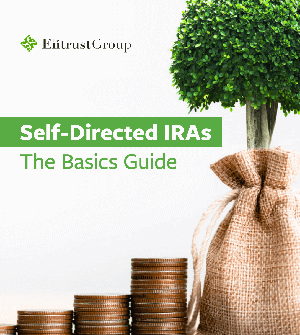







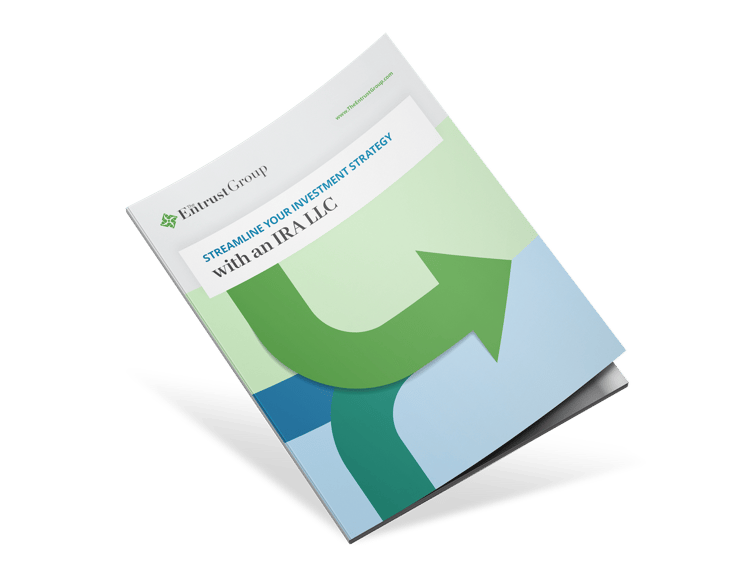

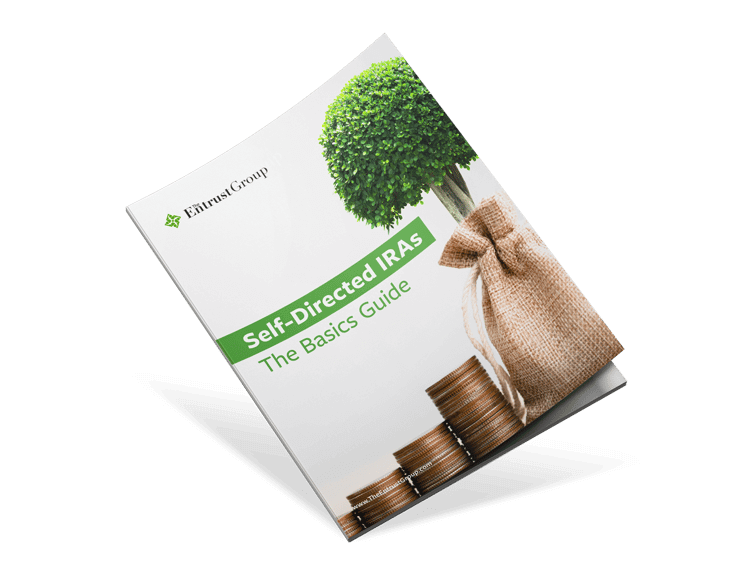







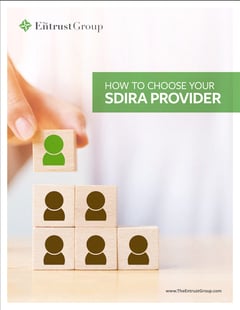
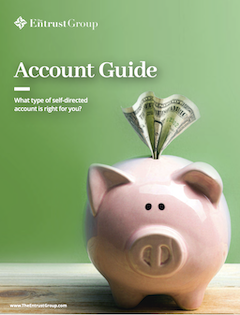
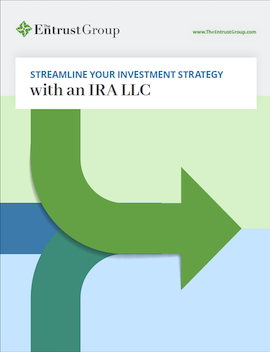

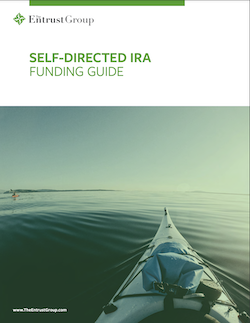
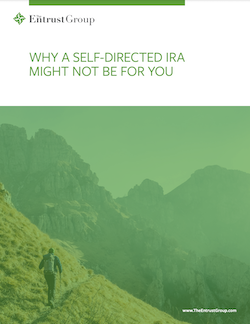
0 Comment